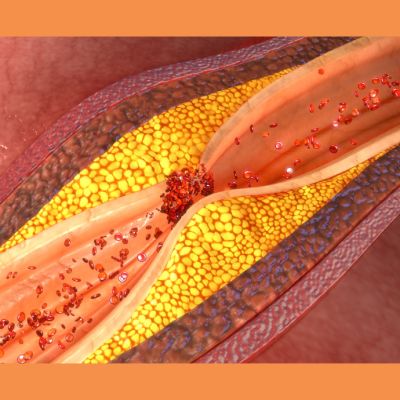As the world grapples with the realities of man-made climate change, attention has turned to every sector's contribution to global emissions, including healthcare. Among medical practices, radiology departments stand out as significant contributors to carbon emissions, sparking a call for sustainable changes. The European Society of Radiology (ESR) is picking up the mantle and announced ECR 2025 will be dedicated to “Planet Radiology” in a bid to tackle sustainability challenges in radiology departments. Pr Andrea Rockall, the new ESR President and Clinical Chair of Radiology at Imperial College London, laid out her views on green radiology in a study published in Die Radiologie journal.
Radiology’s impact on global carbon emissions
Healthcare sectors in the United States, Australia, England, and Canada emit a staggering 748 million metric tons of carbon dioxide annually. Surprisingly, if these health systems were combined to form an independent country, the radiology nation would rank seventh globally in greenhouse gas emissions. Pr Rockall’s study underscores the urgent need for radiology departments to adopt sustainable practices. Radiologists, radiographers, and imaging staff are all encouraged to play a pivotal role in driving change. By understanding the sources of emissions and implementing evidence-based practical solutions, they can significantly reduce their departments' carbon footprint.
Optimising MRI and CT scanners usage could reduce consumption by 33%
Key areas where emissions occur were identified: MRI and CT scanners, the backbone of radiology departments, are significant energy consumers. In one occurrence, four MRI and three CT scanners accounted for 4% of the hospital's total energy consumption. A study from Basel, Switzerland, revealed that the yearly energy usage of these scanners, serving 7904 patients, equated to that of five four-person households. Energy-saving measures such as efficient scheduling, low-energy idle states, and innovative designs can reduce consumption by 25–33%. Shortening MRI protocols with AI algorithms and optimising logistics through virtual consultations can further decrease carbon emissions. Coordinating imaging appointments with outpatient clinics offers practical and environmental benefits.
Sustainability must become part of imaging requests decision factors
Additionally, the study emphasises the importance of considering energy consumption when choosing imaging modalities. Radiologists should justify the sustainability of their practices, akin to how they justify radiation exposure to patients. A study examining the American College of Radiology's Appropriateness Criteria found that nearly half of the listed patient conditions have alternative imaging modalities with varying energy consumption levels. Ultrasound, for instance, emits significantly less carbon dioxide equivalents compared to MRI. The study emphasises the importance of considering energy consumption when devising imaging protocols and guidelines, particularly regarding interval imaging and follow-up modalities. Further research is needed to determine appropriate follow-up intervals, especially in cases where multiple repeat scans are common due to increased patient longevity post-treatment.
Waste management, reporting stations and digital temperance for data storage
Beyond imaging equipment, the study addresses the energy consumption of reporting stations and data storage, urging for responsible practices to minimise waste and energy usage. Automated turning off of reporting stations after work hours, and a “digital temperance” attitude towards restraint in production, use, and promotion of digital technologies could be easily implemented for a steep decrease in power usage.
Reusable sterile gowns and refurbished equipment are also identified as sustainable alternatives that can lead to substantial reductions in carbon emissions. Furthermore, the study highlights the need for a circular healthcare system, where products are designed for sustainability and waste generation is minimised. Collaboration with suppliers and manufacturers is crucial in setting emission reduction targets and promoting environmentally friendly practices.
Change starts at the individual level. Radiologists and imaging staff are urged to audit energy consumption, promote sustainable practices, and advocate for environmentally conscious procurement decisions. With a growing urgency to combat climate change, the push for sustainability in radiology departments is more critical than ever. By fostering sustainable practices, ESR is positioned to lead the way towards a greener future for healthcare, and we look forward to the initiatives Andrea Rockall will kick-off during her presidential mandate.
Source: Springer
Image Credit: ECR2025/ESR























